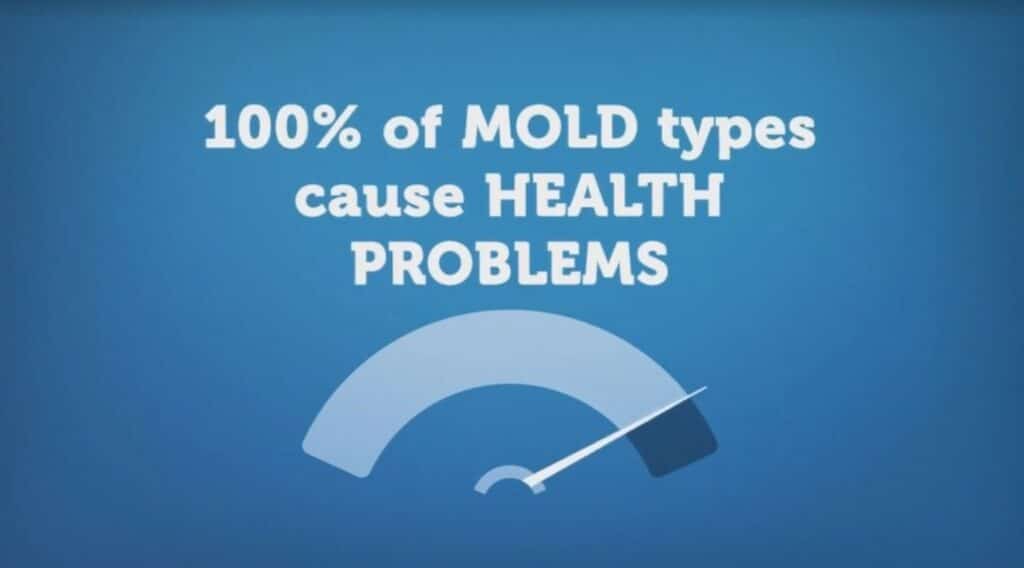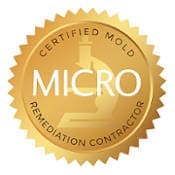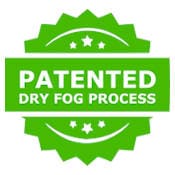
Mold Symptoms:
Have I Been Exposed?
Mold allergies and mold-related illness have become more common. As a result doctors are getting better at linking symptoms to mold exposure.
For those experiencing the side effects of a higher than normal mold count, visible water damage and mold growth make it easy to connect two and two together. However, when mold is hidden, both the miserable victim and their doctor can be stumped, and end up going in the wrong direction. Thereby putting off remediation longer than necessary. The information below will help you avoid such a predicament.
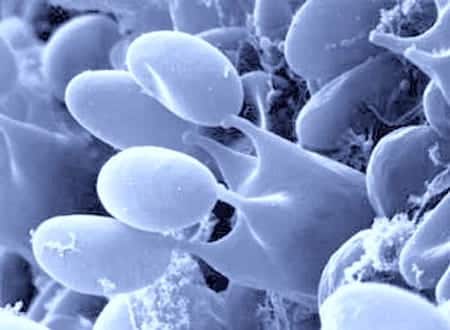
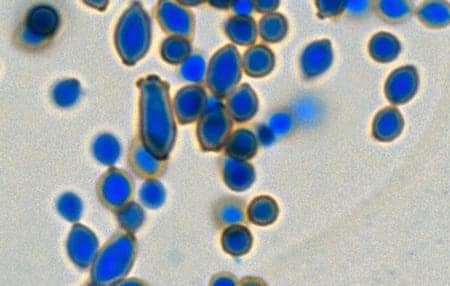

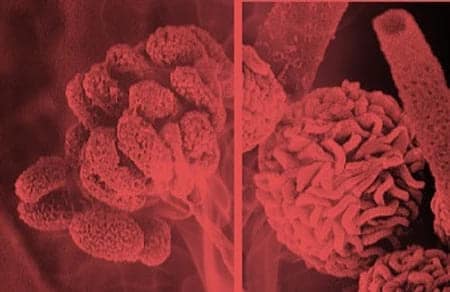
18 Common Symptoms
Mold symptoms are unique in their persistence, lasting weeks, months or even years, and can include one or more of the following…
- Stuffy or runny nose
- Eye irritation
- Shortness of breath
- Wheezing
- Brain fog
- Sore or dry throat
- Dry cough
- Sneezing
- Wet cough (mucus and/or blood)
- Post nasal drip
- General malaise
- Fever
- Chest pain
- Chest tightness
- Frequent headaches
- Skin rash
- Dry, scaly skin
- Worsening asthma
The list of symptoms of biotoxin illness can be much longer — click here
Mold-Related Illnesses
Mold exposure is particularly concerning when it triggers long-term illness. Many times these illnesses develop after years of exposure, and then take years to resolve. While relatively rare, mold-related illnesses can be life-threatening.
- Chronic Sinus Infection
- Chronic Fatigue Syndrome (aka Myalgic encephalomyelitis)
- Multiple Chemical Sensitivity (MCS)
- Allergic bronchopulmonary aspergillosis
- Hypersensitivity pneumonitis
- Lyme disease (possibly related)
- Immune System Depression – resulting in a host of different illnesses that otherwise wouldn’t surface
- Undiagnosed illnesses – severe reactions that are unique to an individual
read stories of illnesses here — https://momsaware.org/mold-survival-stories.html
Mold Allergy vs. Mold-related Illness
The distinction between an allergy and illness can be helpful as you try to figure out whether mold is playing a part in your health issues.
With mold allergies the result is a near immediate reaction to airborne mold spores and their toxins. If your symptoms are hyper-specific to a space within a particular location, then mold should be at the top your list for possible root causes.
With mold-related illness it is much more complex. As the symptoms and diagnoses can be the outcome of a root cause other than mold. The onset can happen after long-term exposure. A common story is months of effort trying to figure out the root cause with no success. Until somebody suggests mold.
In summary, allergies are easier to catch early and easier to resolve. However the very best solution is to know how to spot physical signs of mold such as “water stained” sheetrock or wood building materials; before any symptoms set in.
Time is Your Worst Enemy
There is a lot of effort and time spent:
- trying to find the cause of symptoms
- the to much time determining the type of mold, and
- too much time spent to physically remove it; before killing it
Some molds are more toxic than other, but all types of mold can cause an adverse reaction, and roughly all types of indoor molds exist everywhere.
Keep things simple. Address unwanted moisture, or excess humidity the second you become aware of it. Then find a professional company to detect the extent, if any, that mold has taken hold and grown, and kill and denature it immediately. You may be somebody who could last years before the mold wears your health down to the point that you experience symptoms. But there is no benefit in waiting.
Time is the greatest enemy.
Full List of Symptoms Related to Mold Exposure
- Body aches (joints, muscle, and sinus)
- Headaches
- Allergies
- Allergic reactions to foods
- Anxiety
- Appetite swings
- Bleeding ear
- Bleeding gums
- Body temperature regulation problems
- Shortness of breath
- Bronchitis
- Charley horses
- Chills
- High cholesterol
- Chronic Fatigue Syndrome
- Abnormal circulation
- Cognitive problems—difficulty assimilating new information; difficulty finding words; difficulty focusing; difficulty thinking or accomplishing other executive functions such as organizing and planning; difficulty with math or handling numbers; difficulty with short-term memory; short-term memory loss
- Constipation
- Coughing
- Abdominal cramping
- Delayed recovery from normal activity
- Depression
- Diarrhea
- Dizziness
- Endometriosis
- Burning, red, or watery eyes
- Fatigue
- Fever
- Fibromyalgia
- Leaky Gut
- Hypoperfusion (decreased blood flow through an organ)
- Inflammation
- Insomnia
- Insulin resistance
- Interstitial Cystitis
- Irritable Bowel Syndrome
- Laryngitis
- Light sensitivity
- Lyme Disease
- Metallic taste in mouth
- Migraines
- Mood swings
- Morning stiffness
- Muscle cramps, jerks, or twitches
- Nausea
- Numbness in the arms, legs, feet, or hands
- Pain—abdominal, arm, back, chest, chronic, cycles, feet, growing, hip, joints, leg, lungs, mistaking cold and hot, sinus, stabbing, vulvar
- Rashes
- Raynaud’s Phenomenon
- Respiratory problems
- Rosacea
- Seizures
- Sensitivity to bright light
- Static shocks
- Sinus congestion
- Sinus infection
- Skin sensitivity
- Sleep apnea
- Sleep disturbance
- Stiffness
- Sweating
- Swelling
- Sore throat
- Tingling
- Burning tongue
- Tremors
- Frequent urination
- Vertigo
- Blurred vision
- Weakness
- Weight gain
- Weight loss
- Wheezing
CALL 864-301-4600 OR CHAT WITH US BELOW TO SCHEDULE A VIRTUAL OR IN-PERSON INSPECTION
